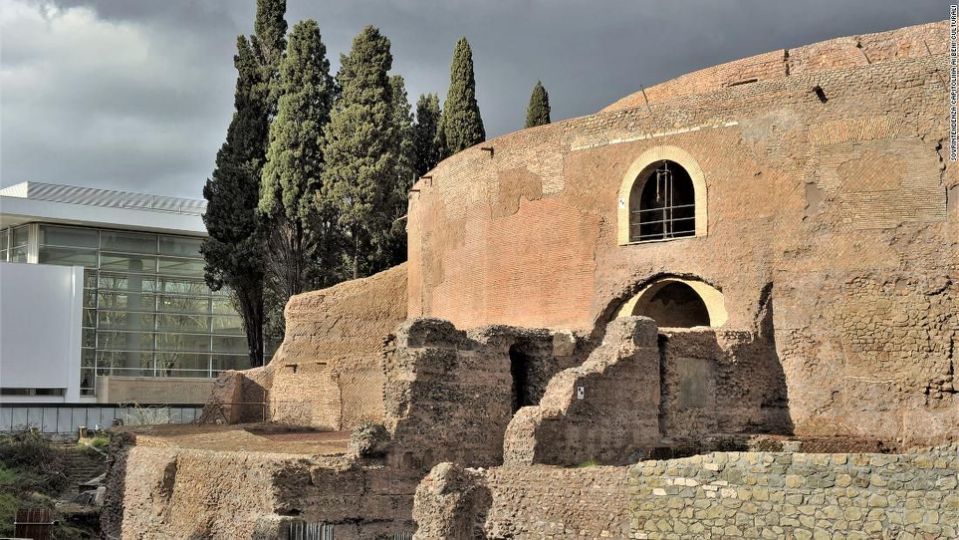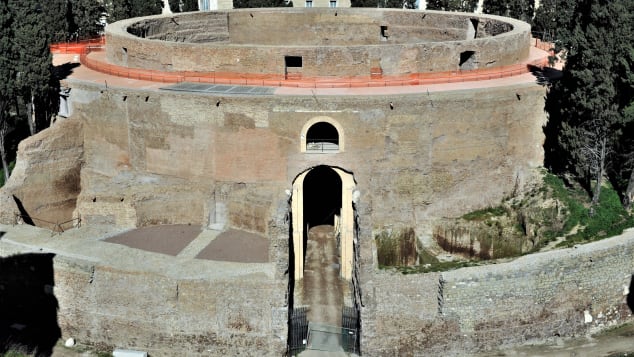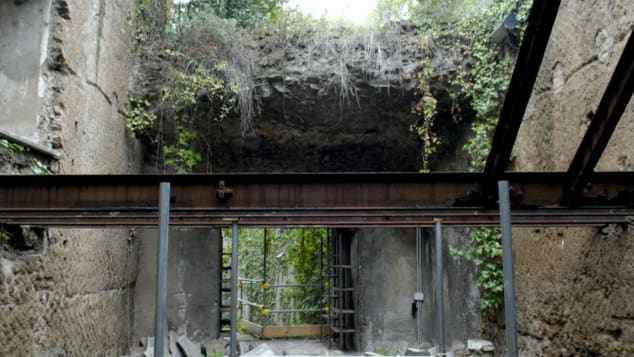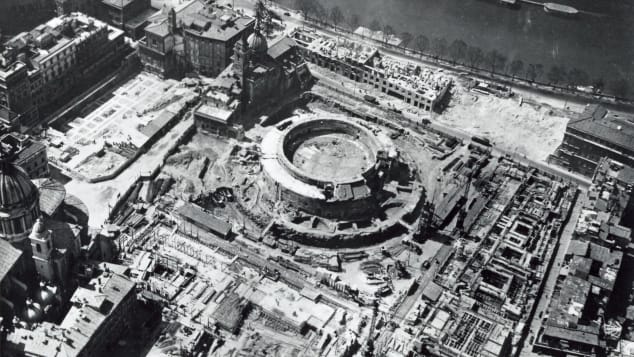Biggest circular tomb in the ancient world to open in Rome

Biggest circular tomb in the ancient world to open in Rome
He was the first Roman emperor who took over from Julius Caesar and established an empire that would eventually spread from the United Kingdom to Egypt, boasting that “I found Rome built of bricks and left it marble” on his dying mattress.
But when Emperor Augustus died in 14CE, he didn’t exactly obtain a commission courteously. For hundreds of years, his tomb, an enormous circular mausoleum that was the largest in the metropolis when it was completed, was abandoned.
It has long been a far cry from the fastidiously preserved Colosseum and Roman Forum with its roof dropped in and the cypresses planted around it left to develop wild.
In reality, for a lot of the previous 80 years, it has been closed to the public, with transient openings in the yr 2000 to rejoice the metropolis’s Jubilee yr, after which once more, earlier than being closed in 2007 for archaeological investigations.
It was hoped that it will reopen in 2014, to mark 2,000 years since Augustus died. In the finish, although, with conservation work nonetheless ongoing, it was opened on the day itself.
But lastly, a 13-year restoration has come to an finish, and it’s due to be opened to the public in March 2021.
A full scale renovation

The restorations, accomplished in two levels, have price over €10 million ($12 million). Stage one, funded partly by the Italian Ministry of Cultural Heritage and Activities, and the Roman authorities, was accomplished in 2019. It oversaw the restoration of the monument.
Stage two, funded by the Fondazione TIM, the social arm of Telecom Italia, to the tune of €6 million ($7,300,000), has targeting the inside areas, and setting it up for excursions.
Huge structural works to shield the mausoleum have been undertaken, and a spiral staircase that leads to the roof of the monument, has been reconstructed.
The Fondazione TIM has additionally funded the restoration of the burial area, and the landscaping round the mausoleum.
Even the sq. exterior, the Piazza Augusto Imperatore, is being refurbished. Until now, the mausoleum has been one thing of a roundabout, with vehicles parked up throughout it. The works are due to end in December 2021.
Grand neighbors

It’s not the first facelift for the archaeological stays in the space. Nearby is the Ara Pacis — a grand, ceremonial altar constructed to rejoice Augustus’ return from his campaigns in Gaul and Spain in 13BCE, with intricate sculptures of the imperial household that includes as a part of a procession.
In 2006, the outdated pavilion round it was changed by a glass and metal construction by architect Richard Meier, which is extra of a murals in itself. The altar is now seen from the river Tiber, with the mausoleum behind it.
Augustus had nice plans for his tomb. The emperor — who was born in 63BCE, and took energy in 14CE — had work began on it in 28BCE, after his victory over Mark Antony and Cleopatra at the Battle of Actium, again when “Augustus” was merely Octavian — his title earlier than he turned emperor.
A gargantuan, marble-sheathed tomb

Built for him and his household, it’s the greatest circular tomb in the ancient world, with a diameter of just about 90 meters and a peak of no less than 45 meters, from what might be surmised from the stays. Only a 3rd of the unique monument has survived.
Its gargantuan measurement made it virtually as massive as the close by Pincian hill, and it was located by the Tiber in order to be seen from most of the metropolis.
Although in the present day it seems fabricated from brick, initially, these partitions have been coated in travertine marble, of which solely traces stay in the present day.
It is assumed to have served as a tomb for greater than 100 years, earlier than data have been misplaced. It was subsequent talked about in the tenth century.
From a fortress to an amphitheater

In the medieval interval, a fortress was constructed on high of the stays, however was destroyed in 1241. Following that, the construction was step by step dismantled, with the marble being eliminated to use as constructing matierials.
In the sixteenth century, the homeowners of a palazzo close by turned the inside of the tomb right into a backyard. By the 1780s it was getting used as an amphitheater, with bullfighting and jousting on show. In the nineteenth century it was coated by a glass dome and used for theater reveals; by the twentieth century it was getting used as a live performance corridor, the Auditorium Augusteo.
Only in 1936 did its new life come to an finish, when the fascist regime — which was intent on excavating and preserving the metropolis’s heritage, in a bid to align itself with ancient Rome — demolished the cupola and the trendy buildings, to unveil the tomb as soon as extra.
Restoration work was halted throughout World War II, and began up once more in the Nineteen Fifties.
The web site opens 1 March 2021, and from 22 April visits will embrace digital and augmented actuality components. Tickets for the 50-minute visits — that are free earlier than 21 April — should be booked in advance at mausoleodiaugusto.it. Elevators will probably be in use from 22 April — earlier than that, there isn’t any step-free entry.